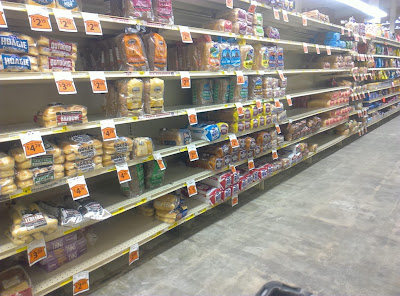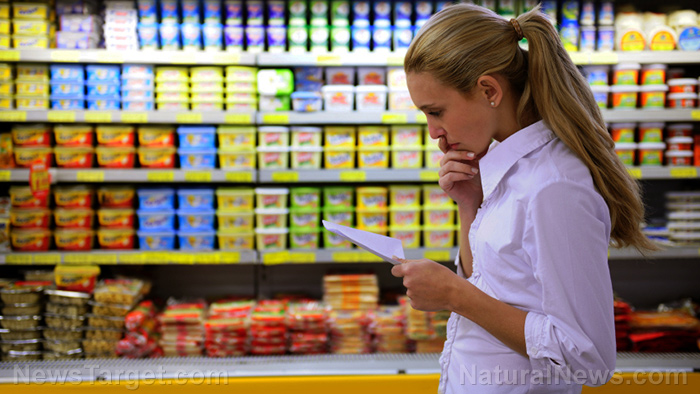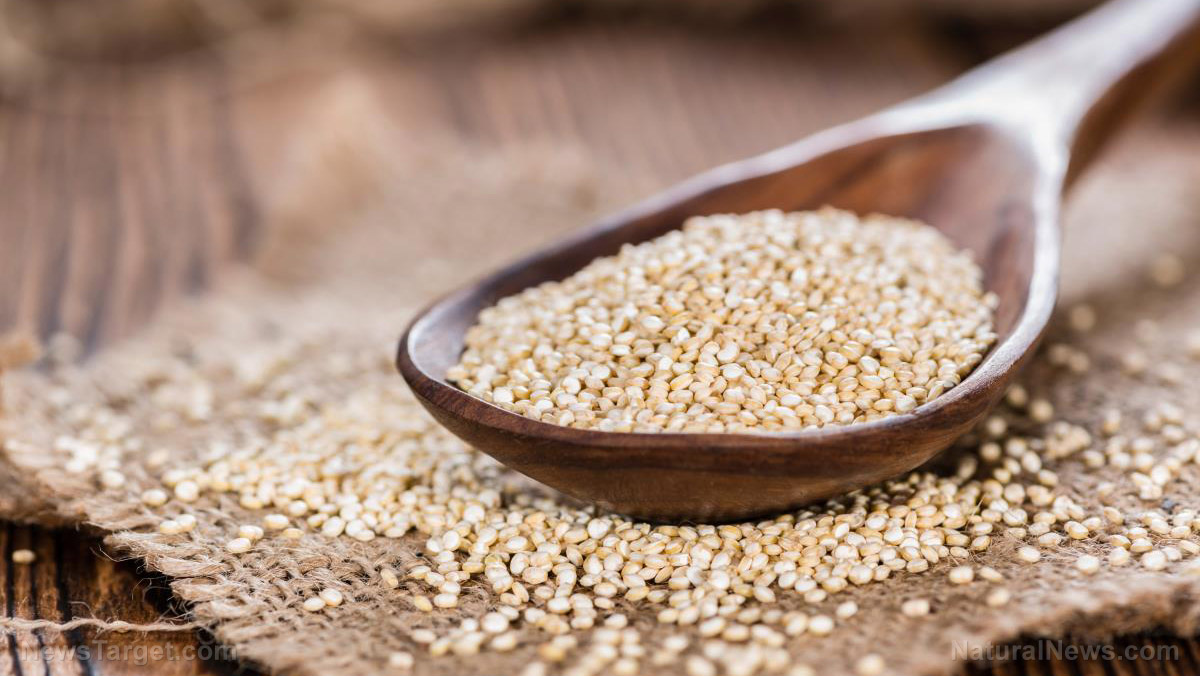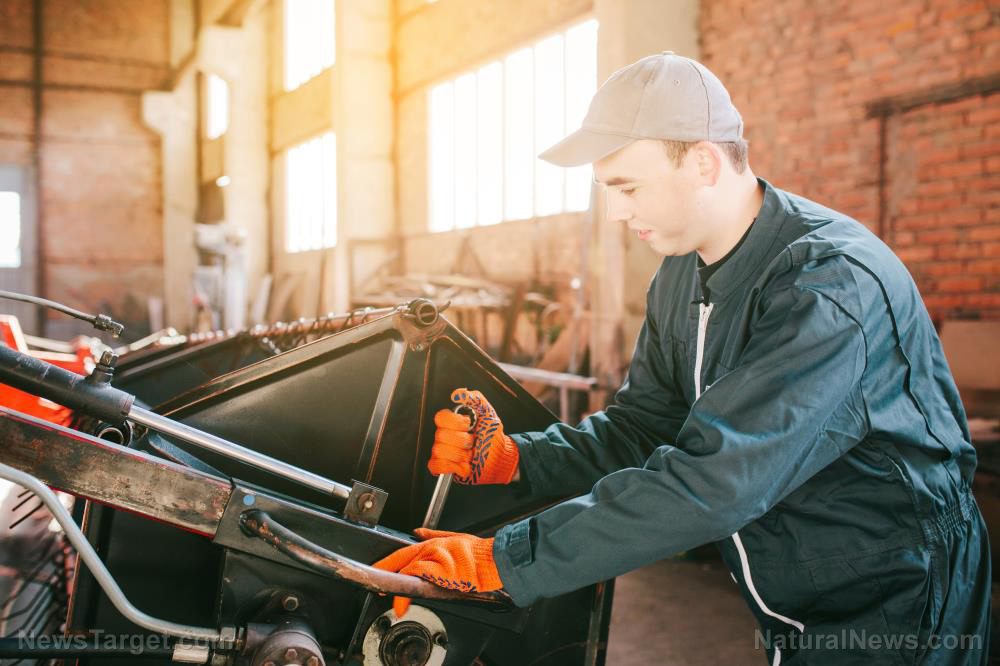‘My shelves are bare’: Biden’s failure to control inflation is wrecking America’s food banks
11/17/2021 / By News Editors

President Joe Biden has made his supposed support for low-income families a key point throughout his political career. His incompetence as president, however, is already threatening their ability to secure basic necessities.
(Article by Grant Atkinson republished from WesternJournal.com)
Across the country, food banks are feeling the effects of inflation and the supply chain crisis. The result could be a lower-than-necessary supply of food for hungry Americans over the holidays.
“What happens when food prices go up is food insecurity for those who are experiencing it just gets worse,” Katie Fitzgerald of the nonprofit Feeding America told The Associated Press.
This burden has made its presence known in a variety of ways. First, prices for the food banks are significantly higher than they were a year ago.
In Oakland, California, the Alameda County Community Food Bank is spending an extra $60,000 on food each month. The bank’s director of community engagement, Michael Altfest, said canned green beans and peaches were up 9 percent in price for them, and dry oatmeal was up 17 percent.
Other food banks are not even able to get their hands on certain canned goods due to both price increases and supply chain problems. Administrator Melissa Houch-Hall of the Jacksonville (Illinois) Food Bank said her staff is “having a hard time” getting holiday staples like canned pumpkin and sweet potatoes, The Edwardsville Intelligencer reported.
Oregon Food Bank spokesperson Ashley Mumm said shortages in labor and production have caused the food bank to face higher prices for particular items.
“We’re having to pay more for a particular type of food,” she told Oregon Public Broadcasting. “Some crops are not even being picked because of labor shortages. The things to hold the food in are having trouble being produced. So it’s a lot of cascading things all at once.”
Even food banks that have not yet experienced problems fear they are coming, Glen-Ed Pantry director of development Jane Ahasay told the Intelligencer.
“I’m nervous about the children’s Christmas giving, because we are donation-based, we haven’t experienced a lot of issues yet,” she said. “But it will be coming. It’s no different for us or anyone else. We haven’t ordered our Christmas baskets yet and we may run into some supply chain issues with that.”
According to the AP, many low-income Americans rely on the Supplemental Nutrition Assistance Program. However, U.S. Department of Agriculture spokeswoman Kate Waters said there were no plans to increase SNAP benefits due to inflation, meaning people will be getting less food than they used to get with the same amount of money.
Places like the Salvation Army Siemon Family Community Center in South Los Angeles rely heavily on donations to provide food for the hungry. But staffer Victoria Roberts said increased demand combined with higher food prices are wiping out her supply.
“Sad to say that right now my shelves are bare,” she told Spectrum News 1 in a recent report.
It isn’t just food that is rising in price, said Niki Sampson, the executive director of Klamath Lake County Food Bank in Oregon. She told Oregon Public Broadcasting she was concerned about rising gas prices for the people who travel up to 150 miles just to get to her food bank.
If people are not able to afford food for themselves or their families, they will most likely struggle to pay the AAA-reported average of $3.42 per gallon in the United States.
If this seems like a load of problems piling on top of one another, it’s because it is. Each of them is just another product of Biden’s America.
Read more at: WesternJournal.com
Tagged Under: big government, bubble, crisis, food bank, food collapse, food insecurity, food prices, food supply, grocery, holiday, Inflation, Joe Biden, panic, products, supply chain
RECENT NEWS & ARTICLES
COPYRIGHT © 2017 FOOD SUPPLY NEWS





















